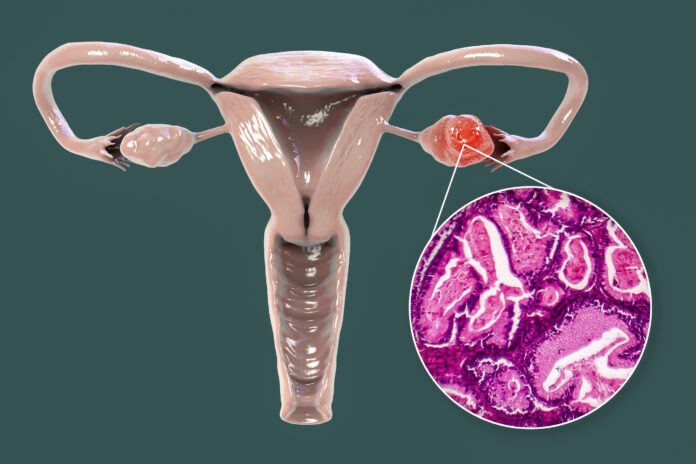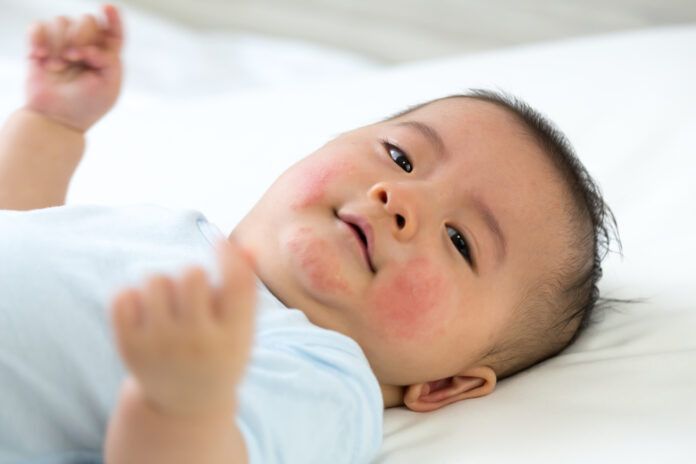In the US state of Virginia, health authorities have registered a “statewide meningococcal outbreak.” Since June 2022, 30 people have fallen ill —three times more than normal within such a period, it said. Five people have died, according to a statement from the Department of Health.

Meningococci are dangerous for immunocompromised persons
About one in ten adults carries the meningococcal bacteria (Neisseria meningitidis). Meningococci are divided into at least 12 so-called serogroups, five of which are the cause of most diseases: A, B, C, W and Y. Serogroup “B” is the most frequently diagnosed, at 66%.
As long as the immune system is strong and the protection from childhood vaccinations is still working, the infection goes unnoticed. However, if the disease breaks out, it can result in damage to the brain, hearing loss or cognitive impairment.
Meningitis is a frequent consequence of meningococcal infection
In two-thirds of all cases, the disease progresses as meningitis. According to the World Health Organization (WHO), meningococci are the most common cause of bacterial meningitis. Especially in sub-Saharan Africa,epidemics occur repeatedly with incidence rates of up to 1,000 cases per 100,000 inhabitants.
Sepsis, or blood poisoning, can also be the result of an infection. In some cases, it can require a limb amputation. Such serious consequences occur in about one in five of those infected.
And about 10% of meningococcal infections are fatal.
Spread of meningococci through droplets
Meningococci settle in the throat and nasal cavity. The incubation period is between three and four days, but in some cases between two and ten days.
Just by coughing, sneezing or shaking hands, meningococci can be transmitted from one infected person to another via droplets. Kissing can also transmit it. Carriers are infectious and can pass on the bacteria even if they do not grow sick themselves.
The initial symptoms are usually non-specific. Often, they resemble a flu or a flu-like infection. Then comes high fever, sensitivity to light and neck stiffness. There may also be bleeding in the skin, usually starting on the legs.
The meningococcal vaccine protects people
Infants and young children are particularly at risk of contracting meningococcal disease because their immune system is not yet as robust as that of an adult.
People who live together in confined spaces, such as small apartments, mass shelters or refugee camps, are also at high risk because of the way the bacteria spread.
The WHO recommends following hygiene measures to help prevention efforts, including regular hand-washing, as well as getting vaccinated.
Edited by: Derrick Williams
This article has been translated from German.










